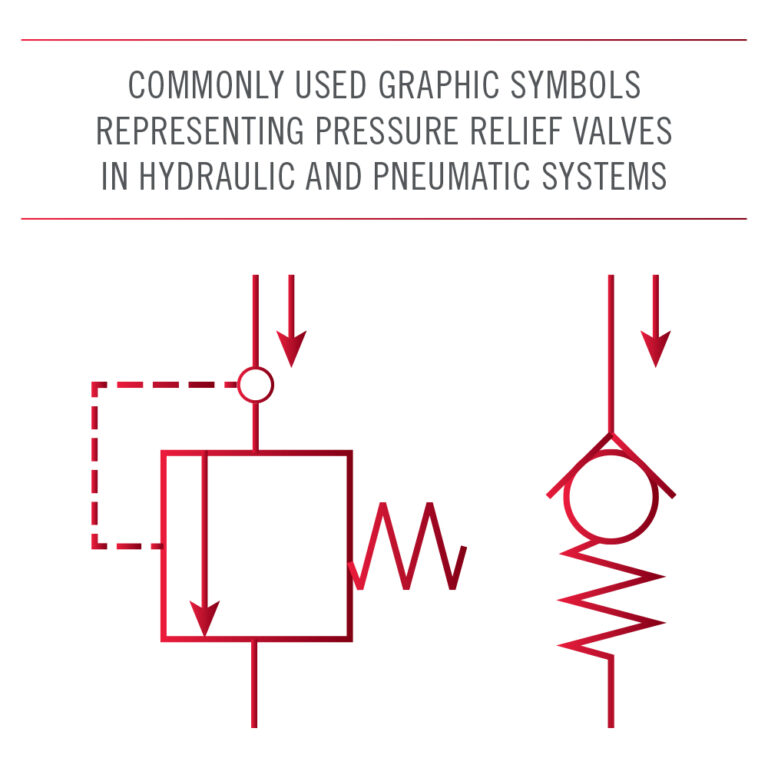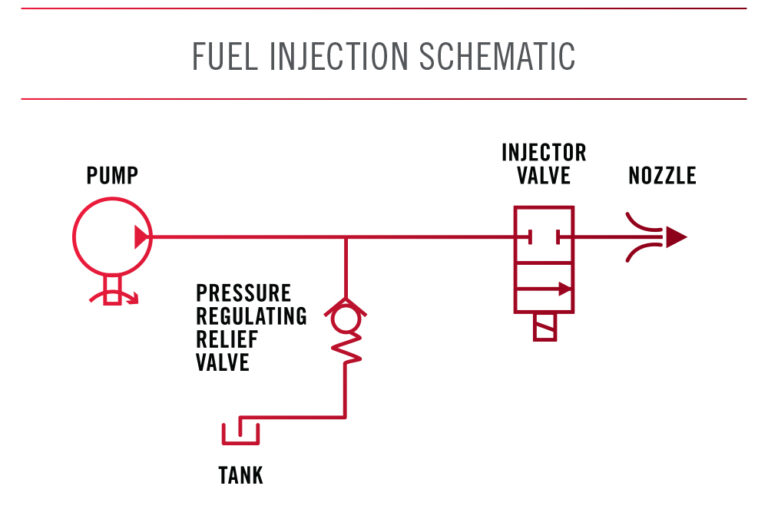A pressure relief valve is a mechanical device which allows a gas or liquid to escape from a section of a fluidic system when the pressure exceeds a predetermined limit. Pressure relief valves originally became popular for use in the boiler systems used to heat buildings. A boiler creates hot water or steam which is distributed throughout a building via radiators. If the pressure created by the steam got too high, pipes or tanks could burst, causing extensive damage and potentially injuring people. A pressure relief valve would vent the steam to a safe location prior to the pressure rising to a dangerous level. More recently, pressure relief valves are used for protection in a wide variety of applications, such as hot water heaters, storage systems used to transport liquids or gases, chemical treatment plants, nuclear reactors, engine fuel systems, and hydraulic systems used to operate automobiles, construction equipment, or aircraft.

Pressure relief valves can serve several different functions within a system. The performance requirements of a pressure relief valve will be influenced by its intended use. Selecting a valve appropriate for your application is critical to ensure the system operates properly. The function of a pressure relief valve can generally fall into one of three categories:
These types of relief valves are “pop-off”, fast-acting valves ideal for applications with the potential for sudden pressure spikes within a system. While necessary for system safety, these valves typically do not open frequently. For example, when using a pump to fill a storage tank with a gas, the pressure in the tank rises quickly as it becomes full. If the tank becomes too full, it can burst like a balloon. To avoid this, the line between the pump and tank will include a safety relief valve. If the pressure increases to a point above the preferred tank pressure, the relief valve will pop open quickly and relieve the flow. Flow can either be relieved to the atmosphere or to a line that returns the gas to its original source upstream of the pump. When the pump is turned off, disconnected from the tank, or the pressure returns to a safe level, the relief valves closes.
Pressure regulating relief valves are intended to operate more continuously within a system. The valve will often be in a varying state between closed and fully open. Therefore, valve stability is critical because pressures and flows will vary while the valve is open. This type of valve is commonly found in an engine fuel system. Fuel is delivered into the combustion chamber of an engine through injection nozzles that operate most efficiently within a specified pressure range. The fuel is typically supplied by a fixed volume pump while the injection nozzles open and close at varying rates depending on engine demand. A pressure relief valve is located between the pump and fuel injection nozzles. As the pump delivers fuel, the pressure regulating valve opens varying amounts and relieves excess fuel back to the tank. This maintains a constant pressure to the injectors for improved fuel efficiency.

Thermal relief valves are intended to relieve a very small amount of fluid due to thermal expansion within a trapped volume. In this case, it is important that the valve is optimized for very low flow rates. One application example for this type of valve is the parking brake system of an aircraft. External temperatures during flight can get very low, while ground temperatures are potentially much higher. While the aircraft is parked the fluid in the parking brake system will expand due to the temperature increase. A thermal relief valve can be used to relieve the fluid when it expands, decreasing pressure to avoid the potential failure of the parking brake system and the dangerous situation of the aircraft rolling unexpectedly.
A pressure relief valve is a direct-acting device, which means pressure acts directly upon the internal components of the valve. Pressure relief valves are normally closed, with internal components held in a position that creates a seal to prevent flow. When pressure increases beyond the valve’s specified limit, the valve is forced open, allowing fluid to vent out of the pressurized area to another section of the system or into the surrounding environment. By allowing fluid to vent, the pressure relief valve prevents pressure from increasing further and/or reduces the pressure within the system. After the pressure reduces to an acceptable level, the valve will return to its normally closed position and will shut off flow.
Pressure relief valves are available in a variety of configurations. A common configuration features a loaded, compressed spring that holds a ball bearing, poppet, or disc against a valve seat. The combination of these components provides the internal seal used for preventing flow. While in the open position, fluid flows axially between the seal and valve envelope or through passages within a poppet. Alternatively, some valve configurations allow flow to exit at 90 degrees relative to the valve inlet. In some designs, a diaphragm or bellows may be used to control the opening of the valve rather than a spring.
Most relief valves operate based on the differential pressure between the inlet and outlet ports. However, there are cases where the main concern is the inlet pressure relative to a third, or reference, pressure. This pressure can be ambient pressure, or another pressure generated by the system. In such a case, a separate third port within the relief valve is left open to that reference pressure. This can be important when a system requires a certain inlet pressure, regardless of the outlet pressure, to function properly.
Always verify flow calculations by experiment.
*There are many parameters to consider when determining V-Factor. Click here for more information.